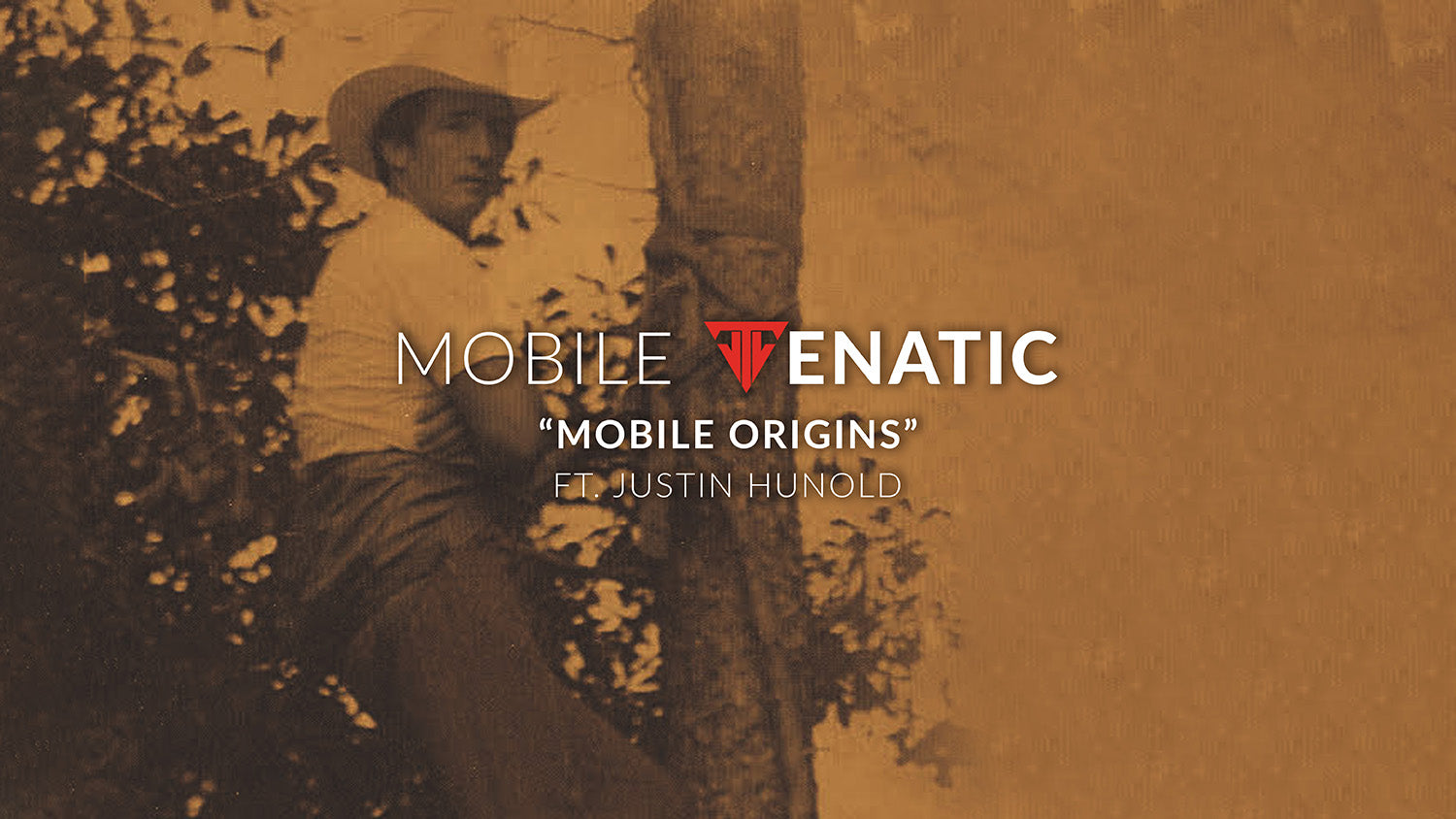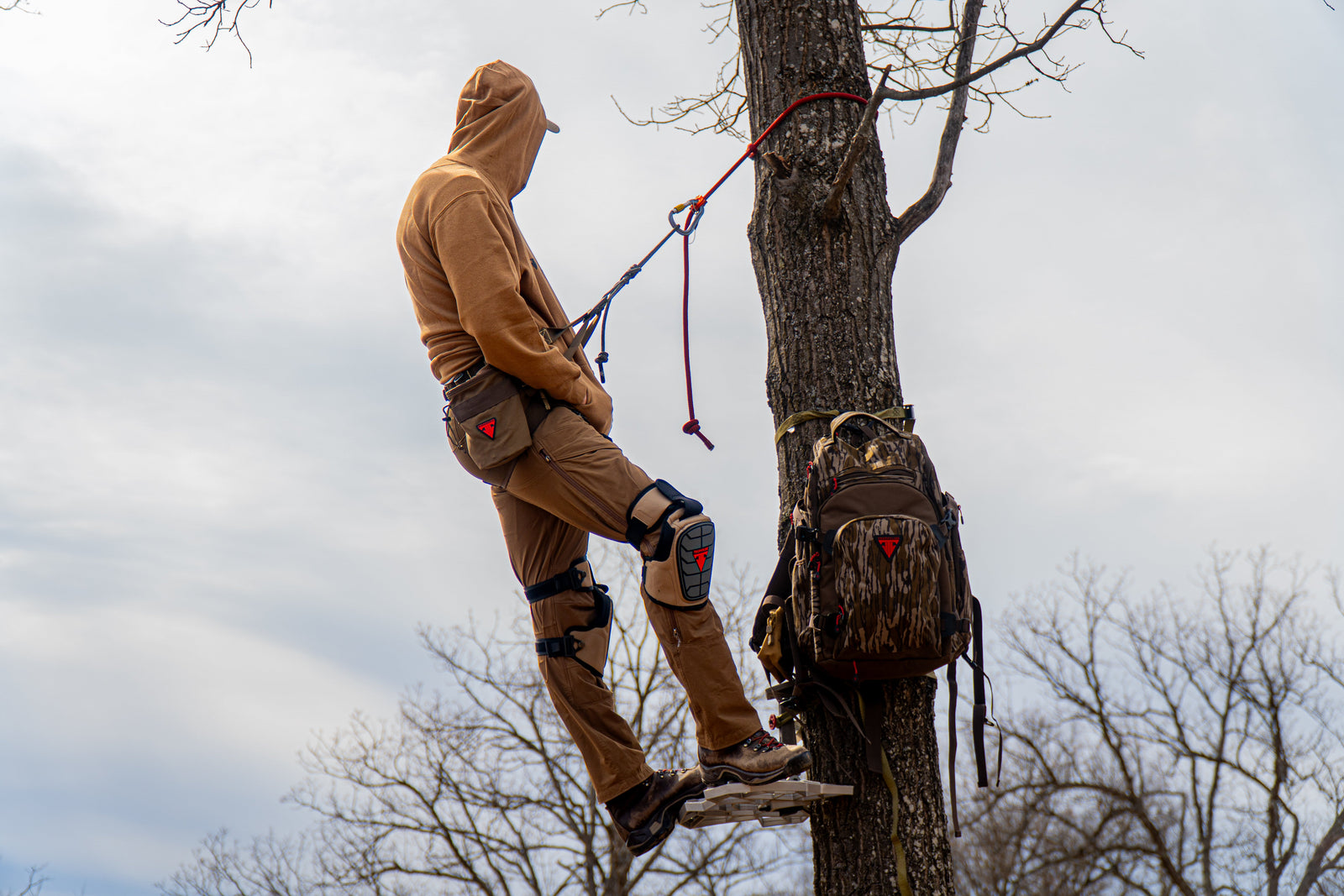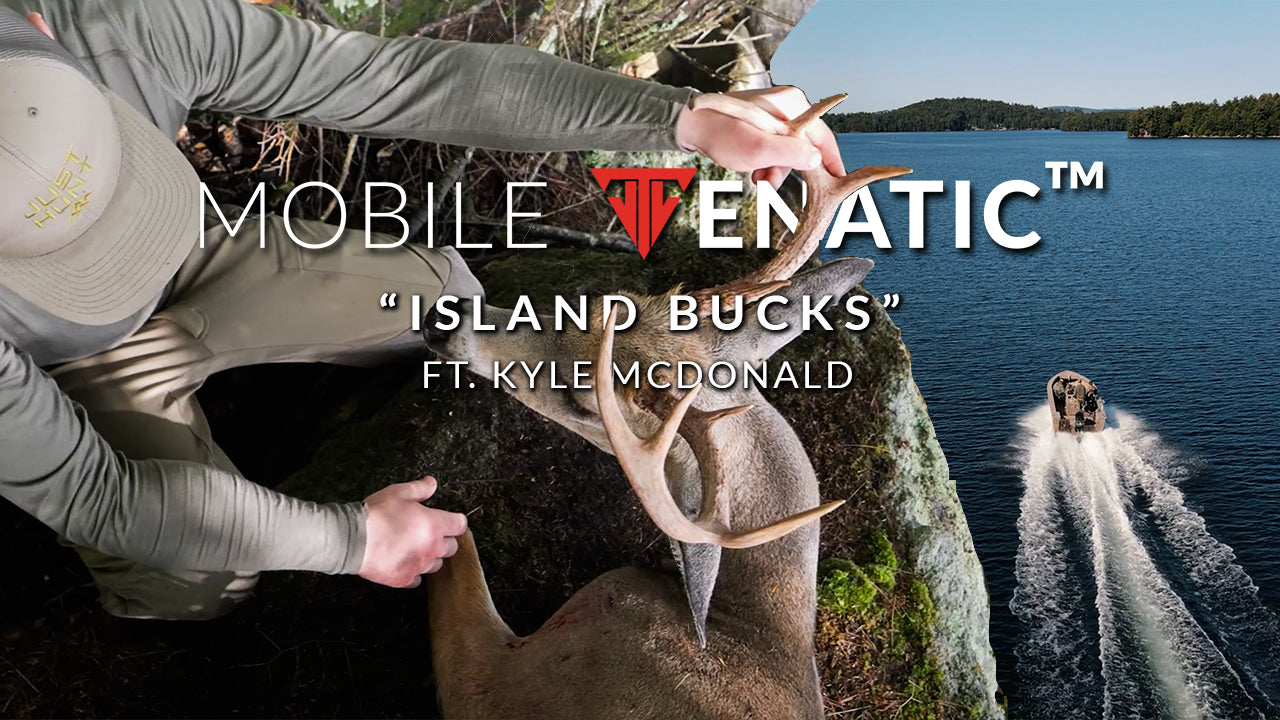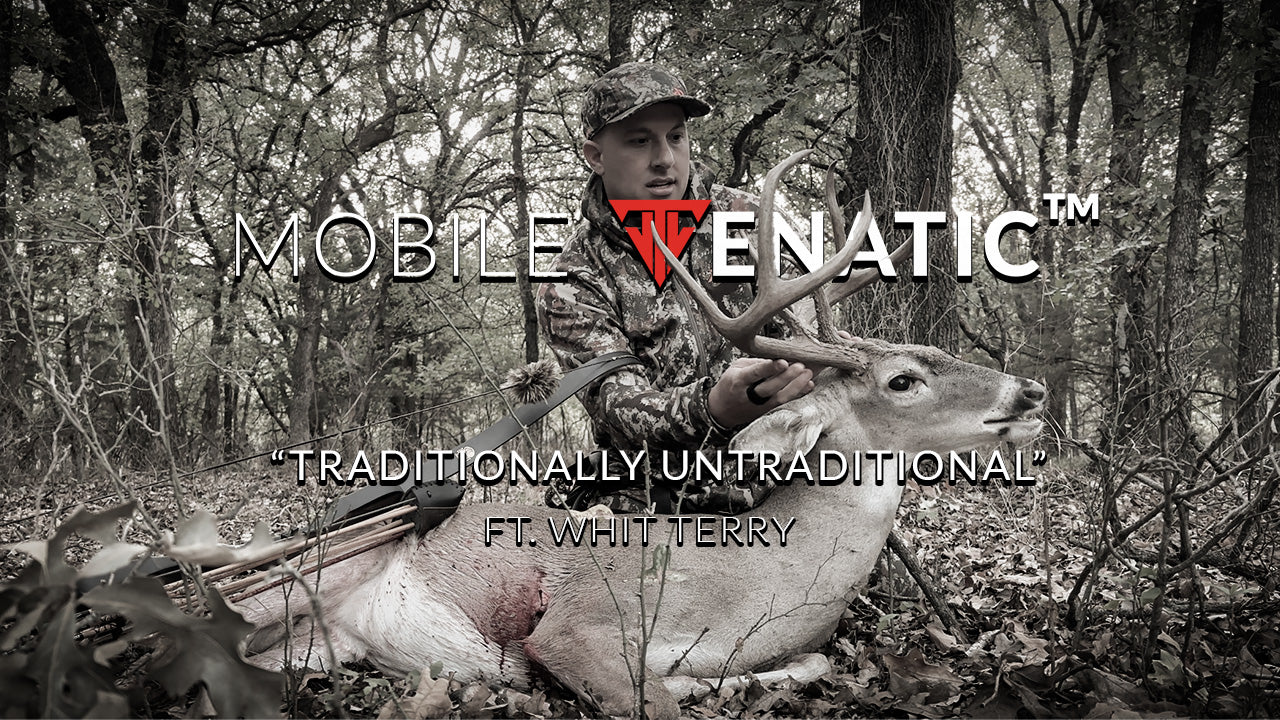First time using a saddle. I’ve used it about 8 times now. Haven’t had any issues. Comfortable, light weight, and easy to set up.
While I appreciate the attention to detail, specifically as it relates to how well it’s made, I can’t help but think that it was over engineered. I was using a Novix Helo at 10 pounds and bought a Trophyline platform (4.2 lb) to reduce weight, but now with the bag (4.8) that I need for the platform I am almost back to 10 pounds. I understand why it’s wide, but why the height. I end up with about 1/2 the bag empty. I can only imagine that is for recording equipment or maybe for a jacket. Maybe cut the height and have the ability to add a Trophyline pouch for the extra space.
Super impressed with how light and easy to carry this platform is, I can’t even tell it’s on my pack really! My favorite feature is how well it bites the tree ensuring a safe shooting platform. It’s also roomy compared to my previous one.







